Read More About
- Appealing to the International Community
- Conservation heroes
- Enlightening and up-skilling Ugandan locals
- Help us to help finches
- Learn more about the Shelley's Crimsonwing
- Public awareness
- RFCG blog reader comments
- RFCG EcoTours
- RFCG Shelley's Crimsonwing Documentary
- Searching for the Shelley's Crimsonwing in Uganda
- The RFCG: Who we are and what we do
- Uganda as a birdwatcher's destination
- Uncategorized
RFCG Blog Authors
rfcg fieldwork photo diary
featured posts
-
EXCITING NEWS ON ELUSIVE SHELLEY’S
The conservation status of one of Africa’s rarest finches, the elusive and threatened Shelley’s crimsonwing, was recently upgraded by BirdLife International to ENDANGERED.This will hopefully make it a bit easier to attract much needed funding for the project to do its next field study. Founded in 2005 the RFCG knows of only five photographs of […]
-
Wetlands are South Africa’s most threatened habitats. An exciting sponsorship opportunity for corporates
Your brand could be part of something BIG. Waxi the Hero (small is BIG) Puppet Show is looking for sponsors to tour South Africa. “The puppet show is brilliant. Every child in the country should see it ” Yvonne Pennington With less than 250 White Winged Flufftails left in the world – this educational puppet show is set […]
-
New book on ALL the Australian finch species is making excellent progress
Rare Finch Conservation Group member Col Roberts is making excellent progress on what promises to be the world’s definitive photographic book on ALL the Australian grassfinch species and their subspecies. Col is hoping to publish the book by mid next year. It is going to be superb with page after page of stunning photographic […]
-
A VERY PROUD MOMENT
A VERY PROUD DAY.Thank you to everyone who has so generously supported the small is BIG, Save Africa’s smallest finch, the Orange-breasted waxbill conservation project. The project is a proud collaboration between BirdLife South Africa and the Rare Finch Conservation Group. Below is the citation that was read at the awards ceremony : An […]
-
TRAGIC NEWS
It is with deep regret that I need to inform you that last night Russell Kingston sadly passed away.Russell was an absolute gentleman and a founding member and director of the Rare Finch Conservation Group.His contribution to worldwide aviculture will never be equaled. On behalf of the Rare Finch Conservation Group […]

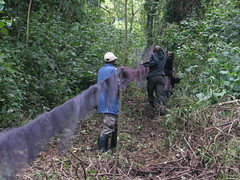


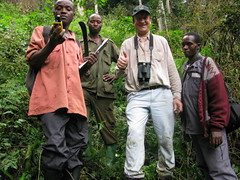

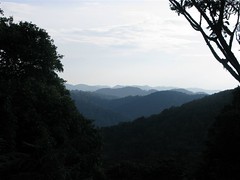
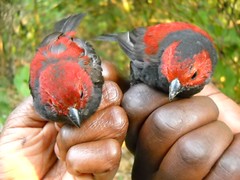
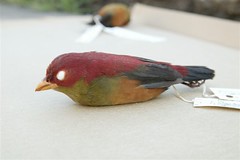
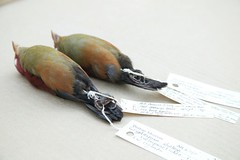
Reader response about the Shelley’s
22 OctA big thanks to RFCG blog reader, Sven from Germany, for his contributions and insights. Feel free to comment.
___________
Hi Malcolm, (hi Eelco),
Thanks a lot for sharing your observations and thoughts about Shelley’s. The bottleneck hypothesis is an interesting one. I am trying to fully understand it; are you saying the bird might originally have inhabited a much larger habitat including environmental characteristics that it would be much better adapted to (such as more open habitat?)?
I find two aspects quite remarkable:
1) Shelley’s, although placed in the same genus Cryptospiza as the other three crimsonwing finch species, really is a “phenotypic outlier”. From their outer appearance, reichenowii, salvadorii and jacksoni seem to be much closer to each other than to Shelley’s. I know that it is dangerous to hypothesize about genetic relatedness from the outer appearence, but it is tempting to assume that Shelley is genetically further apart from the three others than we believe. May be it is even a separate sepcies? The best answer to this would be a molecular genetic study. One might prick a feather from one of the next netted Shelley’s and have it investigated by a molecluar genetic lab in comparison with genetic material from the other three species (which will be easy to collect).
This would certainly cost some money, but I think the results would be very interesting.
2) How likely is it that you are placing your nets at places that are simply not visited by the birds, although they are there? This may be a naive question from someone who has never been to a tropical rain forest. To me, the footings and photos of the habitat look as if there was an impenetrable thicket and some clearings/paths where it is possible to place mist nets. I understand that many finches will visit open spaces in the rain forest to feed on grass seeds. But assume Shelley’s diet does not involve grass seeds and it just stays in the most impenetrable part of the rain forest. Hence, you would net such a bird only as a very rare exception, but it might still be there in good numbers.
Just a thought, might be nonsense….
And last, I just wanted to add that there is at least one other known photo of a Shelley’s. It was published in “Les Oiseaux du Zaire”, the capture of the photo says that it was photographed in the Virunga National Park on the 10th March 1974.
Best regards from Germany,
Sven
Share this post